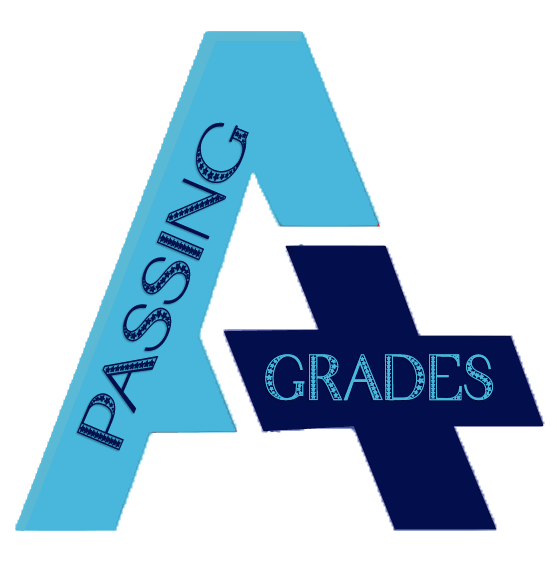
Arts-Based Approach
The study will employ literary art genre as its key art based approach when exploring the topic; Mental Health Outcomes in the Recently Unemployed due to Covid-19 qualitatively. The project will be conducted by having the participants writing down their accounts in form of creative stories showing how unemployment and COVID-19 pandemic has affected their mental health or the people close to them. The participants will also be allowed to include in the narratives stories that they have heard, read or seen in relation to mental health and how it has been affected by COVID-19.
There is no much difference between the art based approach and the qualitative design that I chose for my final proposal. One of the similarities is that they are both qualitative in nature. Also, both techniques explore the accounts of the participants in relation to the research question. A key difference is that the proposed design for my final proposal sought evidence from secondary sources while the art based approach will seeking first hand or rather primary evidence from the participants.
There are several strengths and weaknesses that the art based approach presents. One of the advantages is that it provides the researcher with the ability to capture the complex texture of lived experiences among the participants whereby they can explain in depth how COVID-19 and unemployment has affected their mental health. Also, it provides an environment whereby the researcher can explore the interconnections between nature and culture. It also communicates ideas in an engaging and interesting manner. On the other hand, a weakness with the approach is that it is very time consuming and it will be challenging to find participants interested in taking time to write down their stories. Regarding operationalization, the approach is as effective and scientific as the proposed approach for the final paper since it will use the same sampling techniques as the final paper. The only difference is that there will be no questionnaires during the data collection period.

0
719